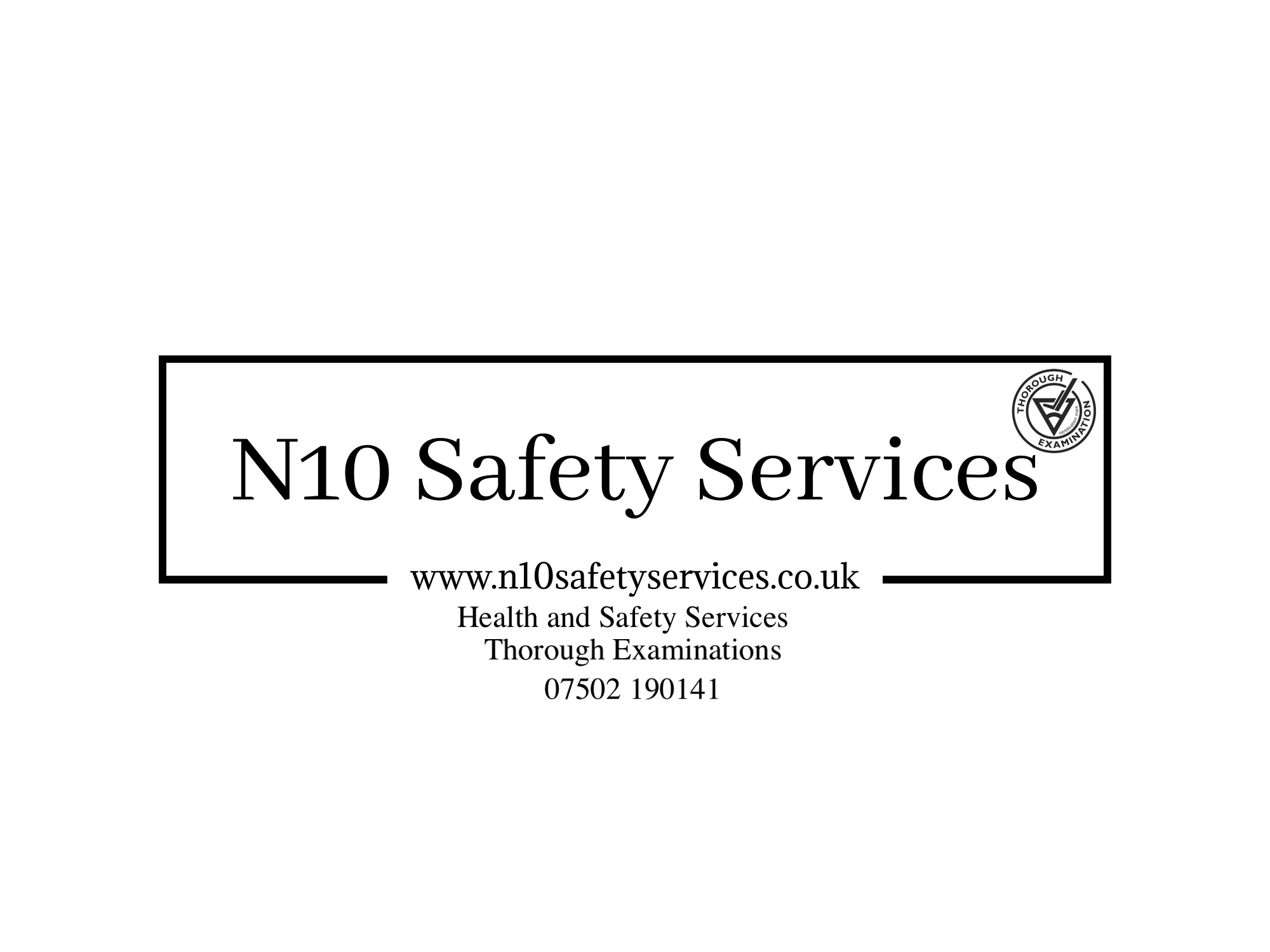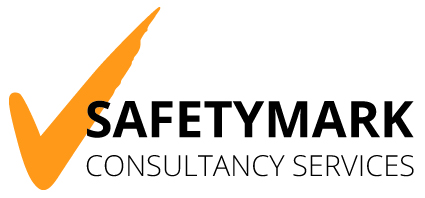Information
-
Company Name
-
Location
-
Conducted on
-
Prepared by
-
Reference
-
Have actions arising from the previous inspection been completed?
Welfare
-
Welfare Facilities
-
Everyone who works on any site must have access to adequate toilet and washing facilities, a place for preparing and consuming refreshments and somewhere for storing and drying clothing and personal protective equipment.
-
First Aid
-
First Aid provisions should be adequate for the number of people and level of risk on site.
-
PPE
-
PPE is the last control to reduce risk so it is important for operatives to wear the appropriate PPE for the work being undertaken.
Documentation
-
Accident Records
-
All accidents should be recorded.
-
Statutory Forms
-
A copy of the Employer’s Liability Insurance Certificate and the health and safety law poster should be displayed. F10 should be displayed on notifiable projects.
-
Risk Assessments
-
Suitable site specific risk assessments should be completed and signed as well as available to operatives to ensure they are aware of the control measures to be used for the tasks to be undertaken.
-
Method Statements
-
Method statements detailing the sequence of work and any coordination required with the principal contractor and other contractors. Operatives should sign the method statement to confirm their understanding.
-
Plant Register
-
Plant registers with the inspection regimes should be recorded and retained.
-
Training Register
-
Operatives need to be competent to do the work they are to undertake. Training is an important part of competence. Training should be supplemented and enhanced with regular toolbox talks. All training should be recorded
-
Site Attendance Register
-
Construction Phase Plan
-
Where the project is notifiable a construction phase plan should have been prepared by the principal contractor and available on site
Construction Site
-
Access & Egress
-
There should be safe access onto and around the site for people and vehicles. Walkways should be level and firm and should not be used for storing materials. Emergency routes should be wide enough, kept clear, signed and adequately lit.
-
Working at Height
-
Scaffolding
-
Ladders & Trestles
-
Working Platforms
-
Signs & Notices
-
Services
-
Security
-
Fire Precautions
-
Electrics
-
Lifting Equipment & Accessories
-
Plant & Machinery
-
Excavations
-
Power Tools
-
Handtools & Equipment
-
Waste
-
Flammable Substances
-
Hazardous Subtances
-
Layouts/Roads
-
Housekeeping
-
Housekeeping is an important part of the reduction of slips and trips on site
Occupational Health
-
Respiratory Protection
-
Any person wearing a tight fitting face piece (Disposable dust masks & half face masks) must have undergone a Face Fit Test.
-
Skin Protection
-
Manual Handling
-
Noise & Vibrations Levels
-
High levels of noise can cause hearing loss and repeated use of vibrating tools can cause hand-arm vibration syndrome (damage to nerves and blood vessels – most commonly in the hands and fingers).
Other Items
-
Environmental
-
Evacuation Arragements
-
Toolbox Talks
-
It is important that operatives attend regular toolbox talks to develop there awarness of health and safety
-
Any drawings
-
Site Representative
-
Courtley (Health & Safety) Representative












